
In the modern age of packaging, there’s little excuse for error – even when it comes to taking care of the environment.
Here are the biggest packaging don’ts that will help your brand start off on the right foot, and avoid angering the earth that sustains us.
Avoid the Law of Layers
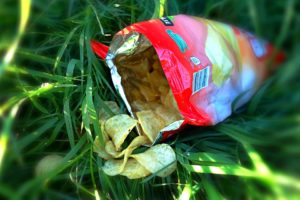
Crisp packaging is the bane of environmentally friendly encasement. Companies still use up to seven layers when constructing the crisp packaging and their justification for doing so is even worse. According to leading brands, the whole point of the excessive layering is basically to save space when transporting their goods across the world. The extra layers make the packaging lightweight and graphics friendly, meaning that multi-million dollar companies are in theory sacrificing the well-being of the earth for a few pictures.
As it stands, our recycling machinery isn’t quite equipped to separate the multiple layers, meaning that the majority of crisp packets are non-recyclable.
If you’re looking to promote your brand in this day and age, we would highly recommend avoiding the layering technique and using sustainable packaging as it would allow for a great reputation from the offset.
Avoid the Single Serving
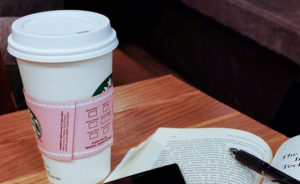
A general rule of thumb in the packaging industry is that the smaller the container, the more materials that have been mixed together in order to create it. Some of the biggest offenders tend to be yoghurt brands and coffee chains who rely on single serving packaging for their products.
A larger mix of materials means that it’s considerably harder to recycle, and with coffee having basically become the fuel for life, environmentally unfriendly containers is a real problem.
While advances in technology mean that more sustainable polymers are being developed, we’re still struggling to move away from mixed plastics in regards to single serving packaging.
If you are looking to release a single serving product on to the market, why not take a leaf out of businesses like Starbucks or Dunkin’ Donuts’ book?
Both companies have promoted their desire to be more environmentally friendly and allow their customers to either purchase reusable cups or bring in their own when getting their daily fix of caffeine.
Avoid the Terrible Toothpaste Tube
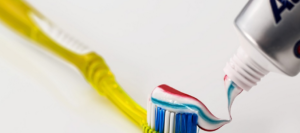
The small size, blended materials and finally the mounds of leftover toothpaste that couldn’t quite be squeezed out mean that toothpaste tubes are basically impossible to recycle.
Thankfully, some of the largest toothpaste distributors such as Colgate are now working with environmental packaging activists ‘As You Sow’ in order to create a fully recyclable toothpaste tube for the mass market.
When you’re thinking about your own packaging design, it’s important to factor in whether left over product will affect how easily the packaging can be recycled, as large amounts can make it difficult to separate.
Avoid the Cluttering of Cardboard
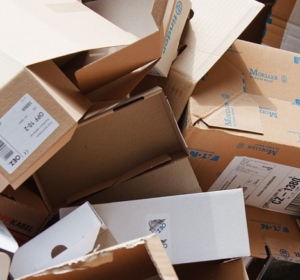
One of our biggest packaging pet peeves is unnecessary excess. Online retailers are one of the worst offenders when it comes to too much cardboard.
Even the tiniest of trinkets is wrapped up in mounds of cardboard which can lead to unnecessary excess waste.
Alongside this, the majority of us still don’t recycle half as much as we should and a lot of this material ends up in the wrong coloured bin on collection day.
The subject of excessive packaging has frequently featured in the packaging news of late, so if you are an emerging brand on the market, take stock of how much packaging is actually being used to store your product before sending it out.
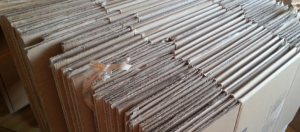
And those are our top tips on what mistakes to avoid if you’re getting ready to launch your lovely new product!
With such an environmentally aware generation, it’s more important than ever to ensure that your brand is surrounded by sustainable and biodegradable packaging. So take note!
Read More
If you’d like to read more about how your packaging can help the environment or would prefer just to take note of a few nifty tips and tricks, then take a look at a few of our blog posts below.
How Does Packaging Affect the Environment?
Colour Psychology: The Use of Colour in Packaging and Branding
